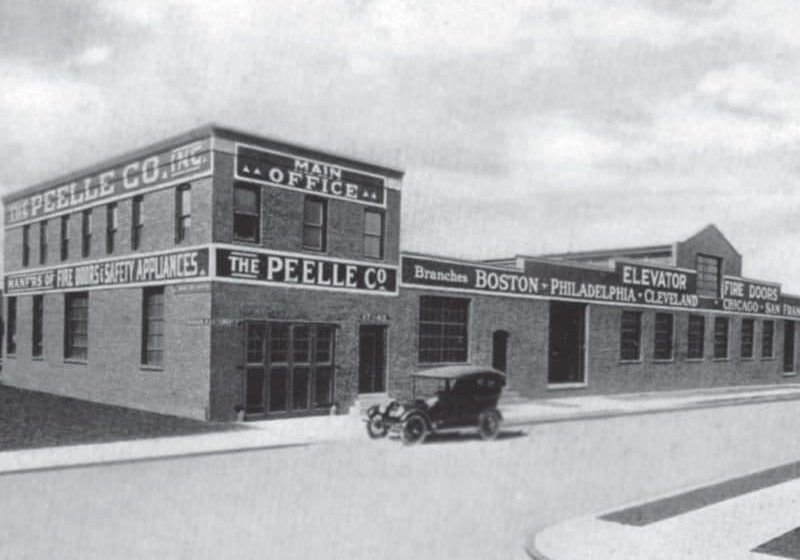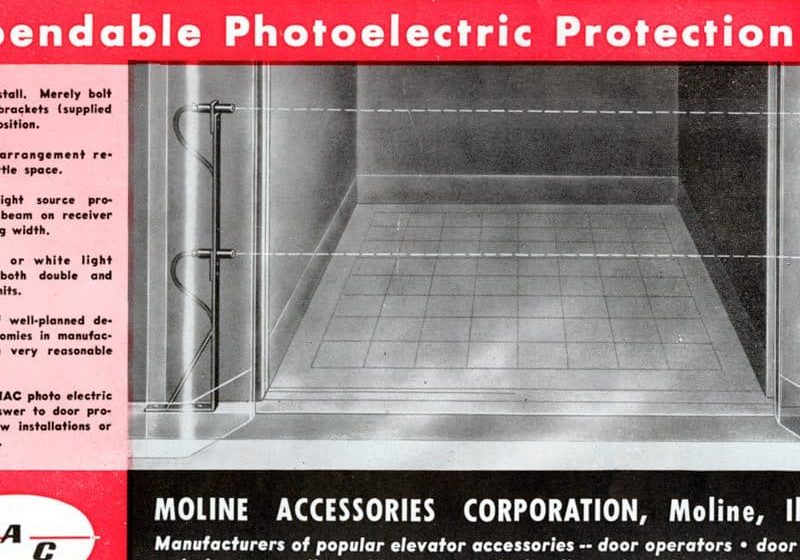Elevator Door Operators: Then and Now
May 1, 2014

Attendants of yesteryear have given way to high-tech, automated solutions.
People of a certain age may remember when automobiles were started not electronically but manually, by turning a hand crank, or when telephone calls, rather than dialed, were routed through human operators, or when elevators were operated by a trained attendant. Elevator operators, usually in uniforms similar to those worn today by doormen and concierges, had complete responsibility for running the elevator. Their two main tasks were to open and close the doors and/or gates to allow passenger ingress and egress, and to “drive” the elevator from floor to floor using the ornate levers on the car-switch to start and stop the car and regulate its speed. The profession required a level of experience and skill to comfortably and safely stop the car so it was level with the entrance at each floor, and, as smoothly as possible, manually open and close the door.
Manually operated elevators were ubiquitous, widely found in residential and office buildings, department stores, hotels and tourist attractions. Early in the 20th century, modernization led to development of automatic elevator systems that allowed the riding public to use the elevator without a human operator’s assistance. To accomplish this, the operator’s two principal responsibilities became automated. The car-switch control of the elevator’s movement up and down the shaft gave way to new car-station panels employing push buttons and, today, state-of-the-art touch panels. Automatic door operators employing a combination of motors, levers, belts, clutches and interlocks replaced doors and gates that were opened and closed manually. While manually operated elevators are still occasionally found around the world, the advent of car stations and automatic door operators has rendered them largely a thing of the past.
Experimentation led to the first automatic door operators, which used pneumatic systems, pistons, reversible oil door checks and other devices that were less than ideal. Innovation eventually led to the development of the first practical solution and industry standard – harmonic operators, a good number of which remain in use today.
The new harmonic operators mechanically created a four-part profile to open and close the doors, which was necessary because early operators were driven by constant-speed, AC motors. LJ Blaiotta, Jr., president of Columbia Elevator, explains:
“Picture the swing of a pendulum, and the concept becomes clear. You see a slow phase at one extreme of the swing, a ramp up to fast travel at mid point, a ramp down from mid point to slower travel and then slow again approaching the opposite extreme. During the harmonic system’s first movement, the linear speed of the door is increased slowly, allowing for quiet engagement of the car and hoistway doors, and, when opening the door, allowing time for the restrictor and interlock to disengage. Linear speed increases during the second movement until the mid point of the opening is reached, decreases during the third movement from mid point to the slow-down point, and, during the fourth movement, decreases until the door stops.”
With the harmonic system, the travel speed of the door was the same during opening and closing, and, for safety reasons, a way was sought to allow the door to close slowly while opening more speedily. This led to development of the DC motor-driven operator. To create separate profiles for opening and closing, high-voltage DC motors were introduced, controlled by limit switches and resisters that changed the motor current and voltage and enabled the door to “know” when it was closed. A disadvantage was that resistance-controlled DC motors had low torque at slow speeds, which created issues with moving heavier doors.
Manually operated elevators were ubiquitous, widely found in residential and office buildings, department stores, hotels and tourist attractions.
The process of overcoming this problem led to the introduction of the solid state motor control operator, which allowed for the use of pulse width modulation (PWM) instead of resistance, to control the speed of the motor. PWM sent the DC motor full-voltage square-wave pulses that varied in duration to control motor speed, enabling high motor torque at low motor speeds and accurate control of the torque and acceleration. “It’s somewhat similar in concept to the anti-lock brakes we have on our cars,” notes Blaiotta. “Instead of higher and lower levels of braking power, anti-lock brakes apply full power to the wheels at all times, but in measured, rapid ‘bursts’ or ‘pulses’ to accurately control the motion of the car.”
Door Operators Enter the Computer Era
The latter part of the 20th century saw the elevator door operator enter the computer age with microprocessor controls. A major step forward, this allowed door speed to remain the same for heavy, decorative lobby doors and lighter doors positioned higher in the same hoistway, and for the creation and modification of open and close profiles without the need for adjustment of switches or sensors. Based on encoder feedback, the closed-loop microprocessor varied the motor current and voltage to ensure the door followed the programmed profile. The profile was tracked using encoder feedback, with motor current varied as required to ensure that the door opened or closed at a specified rate. “In simple terms,” notes Blaiotta, “the microprocessor ‘explains’ to the motor precisely what it needs to do to open and close the door. And, combining this with motor-current sensing technology allows for the elimination of limit switches as a source of potential future problems.”
The refinement of door-operator technology over the years has had a positive impact for end users, installers and elevator-maintenance technicians. It allowed for door operators to become lighter, easier and less expensive to install and service, improved floor-to-floor speed times, reduced the frequency of mechanical failure and kept pace with ASME regulations. The legacy harmonic operator presented many advantages, including the mechanical creation of door open-and-close profiles, a proven design that became very familiar to installers, with flexibility that allowed the same equipment to be used on a wide variety of opening types and worked with track and hoistway equipment from other manufacturers.
Harmonic Operators Came With Challenges
Harmonic operators did, however, present several disadvantages. They were comprised of many moving parts with bearings that created noise, became loose and failed. Initial installation and setup was relatively complicated. They were heavy, causing issues with balancing the cab. Their rotating components and linkage added mass to the door equipment and caused increased kinetic energy that affected minimum door close times. They mounted on top of the cab, mandating a provision for significant overhead space. Drive linkage was typically mounted to the back of the door, which limited the use of decorative glass doors without having to create special panels to mask operator components.
More recently, further refinements have led to the development of the linear operator. In this format, door panels are moved by pendants (hangers) driven by a worm gear, cable, chain or belt that extends the full length required to open the door. Widely used in Europe before being introduced in the United States, linear operators became more popular after microprocessor controls were introduced. They offered many new advantages. They were controlled by a central processing unit, used high torque drive belts to reduce noise and had fewer moving parts. Limit switches were no longer required on many models. For the installer/maintainer, advantages included track assembly incorporated with the operator, decreased installation time and access to components from the front of the car. Blaiotta states:
“Columbia Elevator has historically been involved with door operator evolution and today is at the cutting edge of the technology. We began with our 2007 acquisition of the former Montgomery/KONE factory in Kansas, which for 50 years had been manufacturing harmonic operators. With the acquisition came a license for us to make MAC® operators, which we continued to do. Additionally, to address the residential and limited use/limited application market– for which the MAC operator was too large and heavy – we developed our own lighter, smaller ALURE® operator in collaboration with Spain-based Fermator, the world’s largest door manufacturer. Since Fermator’s European door operator did not comply with North American code, we did this by purchasing the motors and encoders from Fermator and combining them with U.S.-sized track to meet domestic safety code requirements.”
From their co-venture with Fermator, Columbia Elevator perceived that the North American market was ready for a commercial, linear operator built to U.S. standards and code. Essentially a more robust version of Columbia’s ALURE product, the Fermator ROBUSTA™ linear operator is laden with advanced attributes. The operator with gate switch, restrictor, track and pendants are pre-mounted to the header. It operates on 230 VAC, incorporates a flat DC permanent magnet drive motor, and utilizes a variable-voltage, variable-frequency closed-loop controller. It features a quiet-running serpentine and high torque drive belt-driven mechanism. It fits in the transom/header space for most cabs and is adjustable from car front. The Fermator door-mounted clutch interfaces with GAL hoistway equipment, and pendant bolts are spaced at 4.125 in. to work with doors drilled for GAL. Notes Blaiotta: “We’ve come a long way since the days of the manual elevator operator to the Robusta technology of today. And fortunately, we’re seeing that demand for this new technology is, well, robust!”

Harmonic door motion profile 
Early door operator profile – first movement 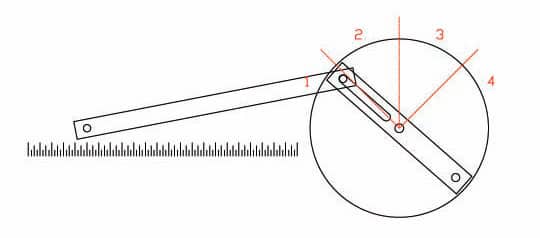
Second movement 
Third movement 
Fourth movement 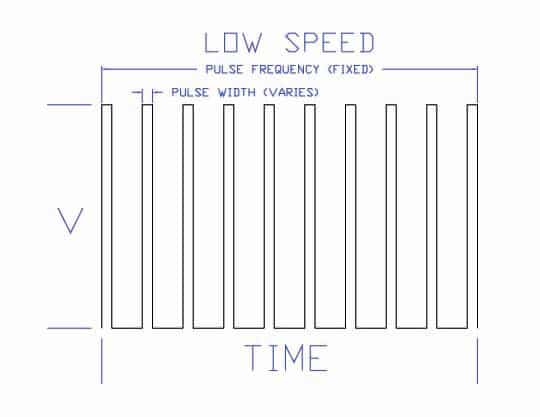
Pulse-width modulation control 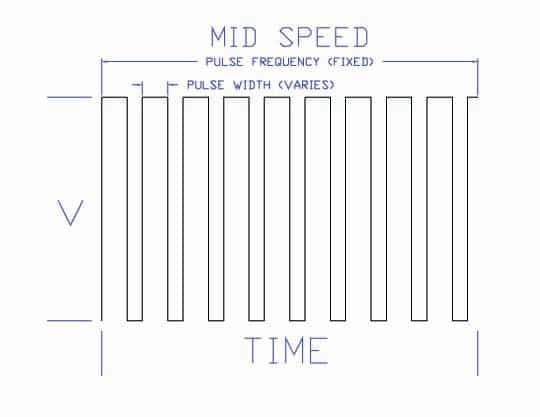
Pulse-width modulation control 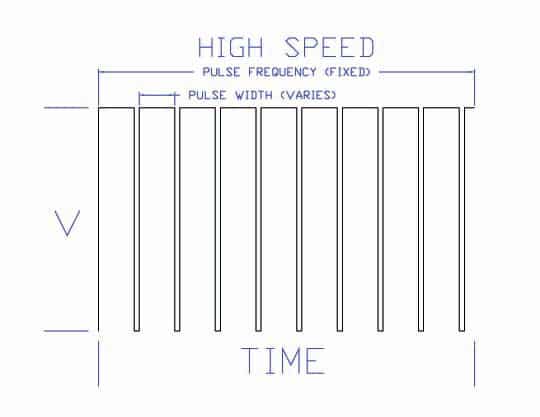
Pulse-width modulation control 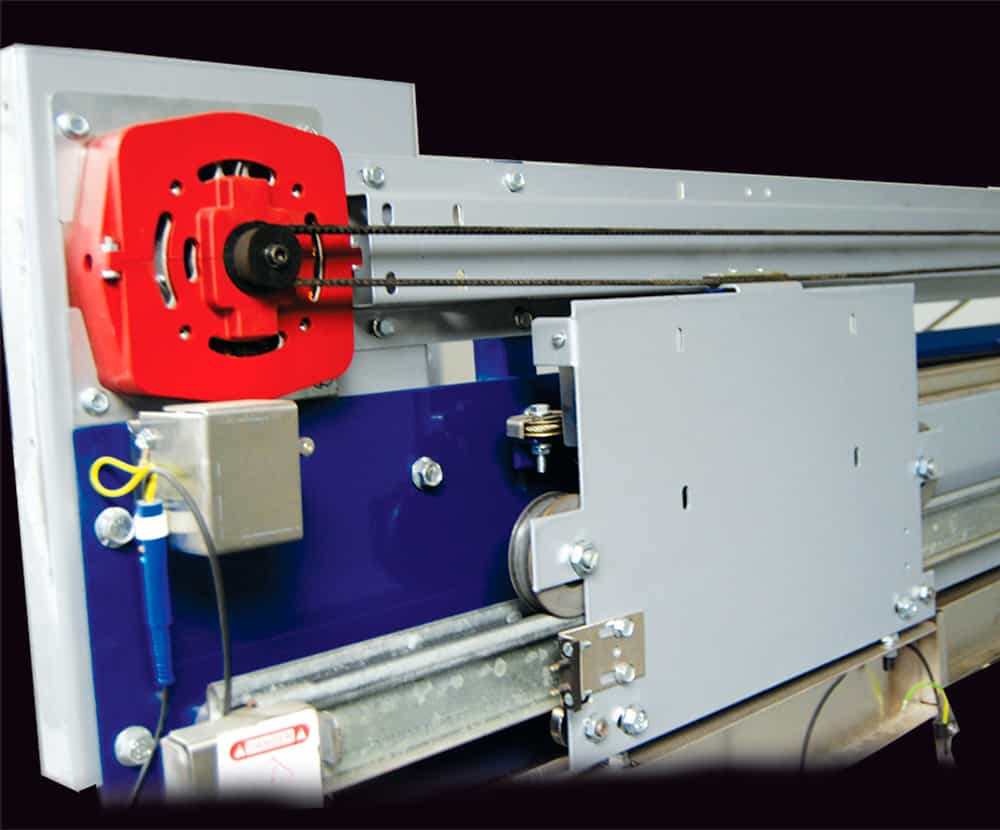
ALURE linear door operator 
Harmonic door operator 
Fermator ROBUSTA door operator 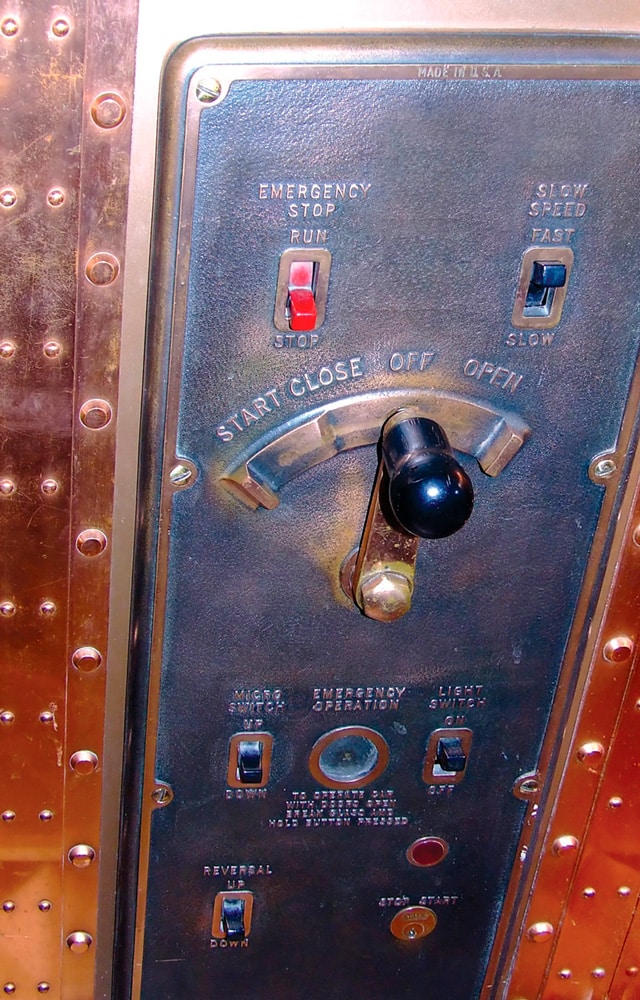
A century-old car switch
Get more of Elevator World. Sign up for our free e-newsletter.





